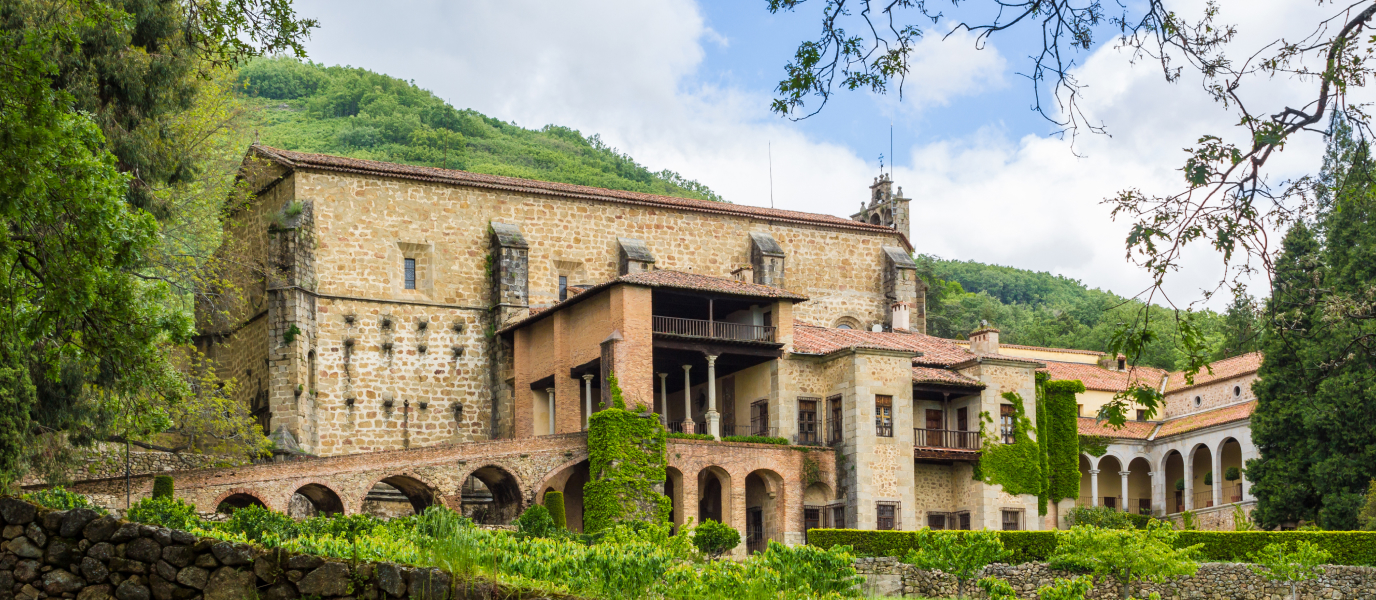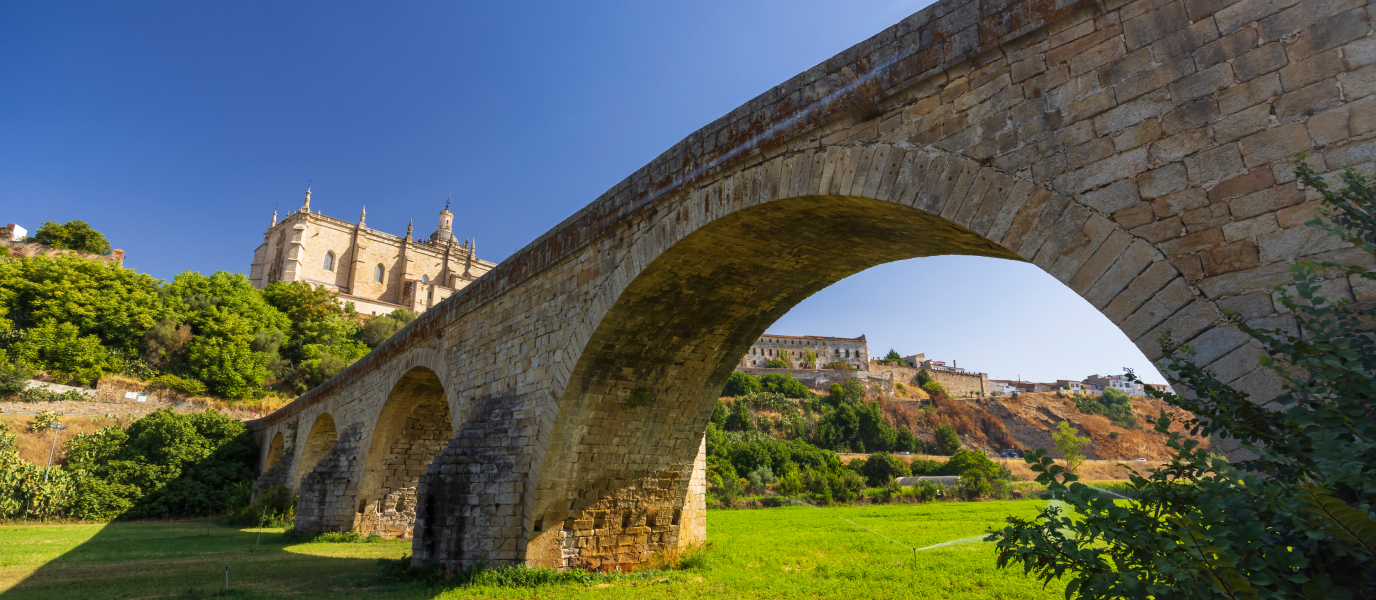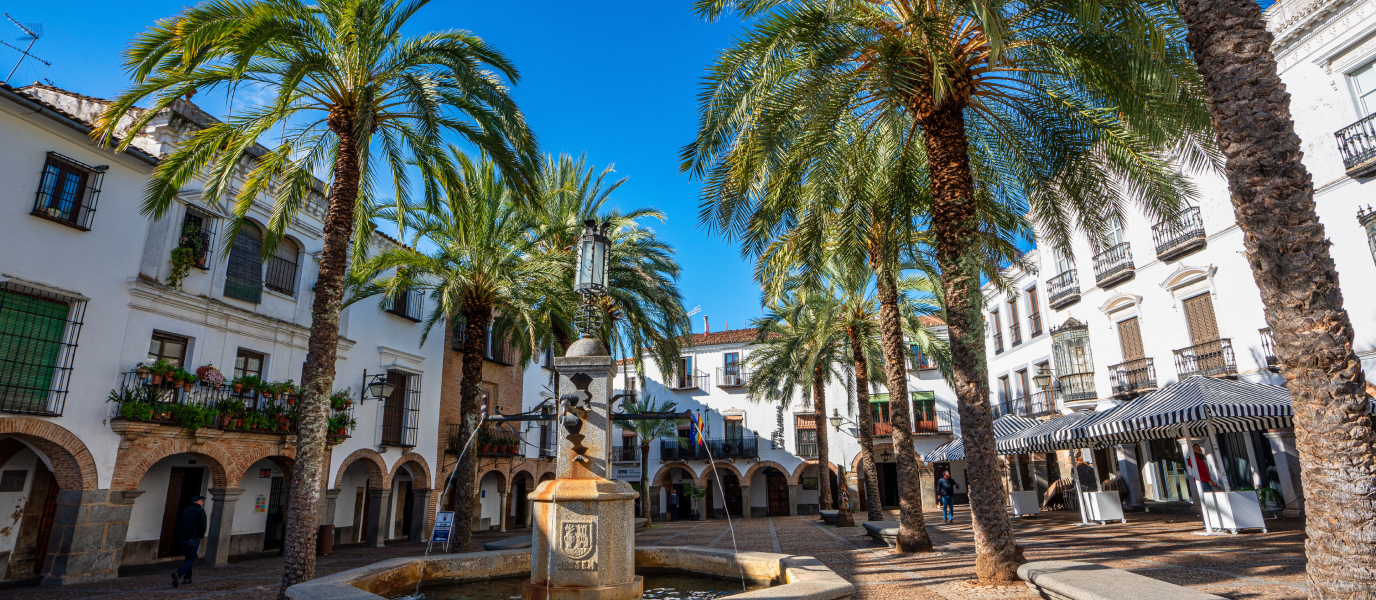Just 80 kilometres north of Cáceres, Plasencia rises majestically over a hill, on the banks of the river Jerte. With just over 41,000 inhabitants, it is the second most important city in the province. The city’s architectural heritage inside the walls is impressive, but outside there are also many places worth visiting.
The mouth-watering food, the lively nightlife and the quiet, grassy areas along the river banks are other attractions that will not disappoint. The following is a guide to the must-sees in Plasencia.
What to do in Plasencia
Plasencia city walls
The best place to start is at a section of the medieval city wall, one of which is near the cathedral. The double-walled fortification with more than 70 turrets is a reminder of how this city, founded by Alfonso VIII in 1186, had to defend itself as the Moors and Christians fought to control it.
The end of the Reconquista did not put an end to disputes over control of the town, which was the Episcopal See. In the late Middle Ages the wall continued to play a significant role in strategic defence, especially during the feuds between the rival Monroy and Almaraz families, who devastated the city.
Not to be missed: Plasencia Cathedral
Shortly after Plasencia was founded it became the Episcopal See, which shaped the city’s future. It is not surprising that the most architecturally important area of the city is clustered around an extraordinary building that is actually two cathedrals in one: the Catedral Vieja (old cathedral) and the Catedral Nueva (new cathedral).
The old cathedral was built just after the city was founded in the 12th century, but work carried on until the 14th century. Today you can still see the late Roman façade at the foot of the cathedral, the chapter house, which is crowned by a Byzantine tiled spire, and the Cistercian-Gothic cloister.
When the Zúñiga family, which ruled Plasencia, fell into disgrace after showing their support for Joanna la Beltraneja – to the detriment of Queen Isabella of Castile – the city fell into the hands of the Council and, more notably, the Diocese. It was at this time, at the height of the Renaissance period, that Plasencia began to thrive and the new cathedral was built.
Instead of demolishing the old cathedral first and building the new one from scratch, they started replacing one with the other. The project was never finished which is why you can still see parts of the old cathedral today. The project involved some of the most well-known architects at the time. Juan de Álava completed the main chapel in 1522, Gil de Hontañón designed the main façade and Gil de Siloé was responsible for the south side.
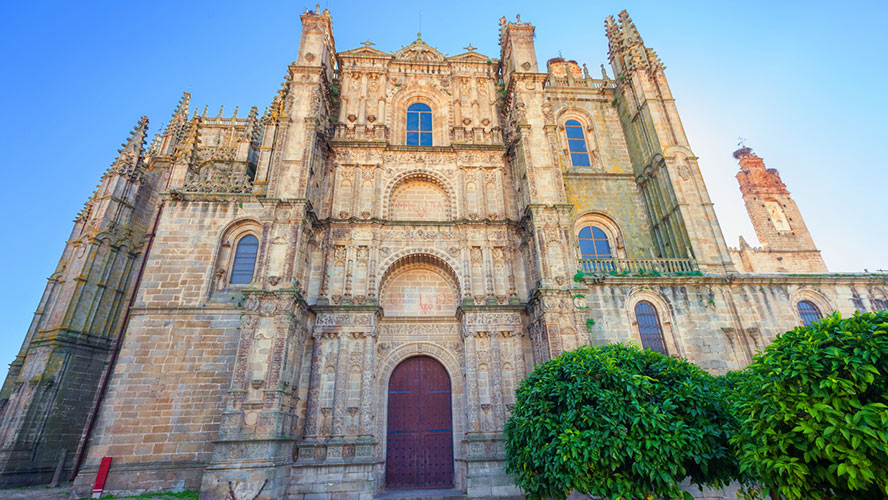
The new cathedral is formed by three naves crowned by lavishly decorated vaults. The main features are the 18th century main altarpiece, the tomb of Ponce de León – bishop of Plasencia –, the Churrigueresque altarpieces in the apse chapels and the spectacular rood screen that Juan Bautista Celma built in 1598 to separate the choir. Make sure you don’t miss the beautiful walnut stalls in the choir carved by master sculptor Rodrigo Alemán at the turn of the 16th century.
Palacio del Marqués de Mirabel
From Plaza de la Catedral, if you walk along Calle Blanca you will reach Plasencia’s second most important group of monuments. At the end of this square you can see the fascinating Romanesque-Gothic San Nicolás church and Palacio del Marqués de Mirabel. This palace was built in the 15th century, and it was refurbished one century later to reflect the Renaissance style which prevailed at the time.
The palace still belongs to the family who built it and houses a hunting museum. You have to ring the bell and ask the caretaker if you can visit it (you will be charged a small fee). Next door is the Convento de los Dominicos, a convent built by the Zúñiga family. The remains of this noble family were laid to rest in the convent’s Gothic church, which was consecrated to Saint Vincent Ferrer.
Plasencia aqueduct
Outside the city walls we recommend a stroll around Plasencia aqueduct, which stands to the north of the city. Construction began in the 12th century to bring water to the recently founded city. The aqueduct you can see today, with its single tier of arches, dates from the 16th century. It runs through Parque de San Antón, a charming park which is great if you are visiting with children.
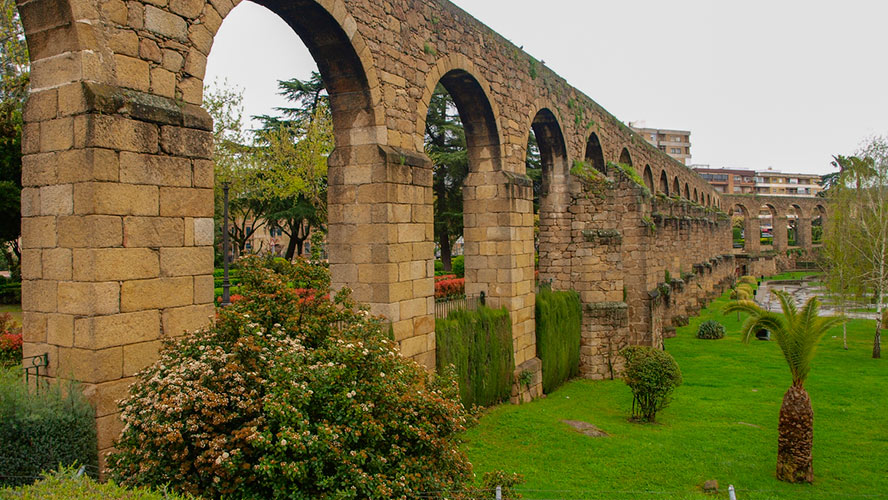
Parque de los Pinos de Plasencia
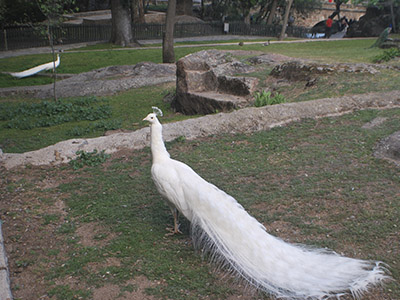
Near the aqueduct is one of Plasencia’s biggest parks: Parque de los Pinos. It spans more than 13 acres and was declared a núcleo zoológico (animal centre) in 1991. A leisurely stroll around this haven is all you need to recharge your batteries.
As you walk around you will see some remarkable plant species, such as a redwood which towers over 328 feet tall and an unusual ginkgo biloba tree, native to China. Different species of birds flock around the many ponds and lakes: geese, storks, cranes, emus, tropical bids, peacocks, ostriches…the list is endless.
What to visit outside Plasencia: Parque de la Isla
On the other side of the city, to the south and near the bus station, is Plasencia’s other main park: Parque de la Isla. This strip of lush vegetation spanning over 10 hectares runs along the bank of the river Jerte, which runs into a small river to the north commonly known as río chico. The 15 plus kilometres of riverside promenade are a favourite among locals for jogging, dog walking and cycling.
The río chico creates natural swimming pools during the summer months. On the island you can find picnic areas and restaurants and there is even a free car park nearby.
The best places to eat in Plasencia
The Jerte and La Vera regions, famous for pimentón (similar to paprika) and cherries, have shaped Plasencia’s cuisine, creating their own take on the typical dishes of Extremadura.
You must try the popular dish of green beans ‘Palencia-style’, sopas canas – a soup with milk, bread, and garlic as the base ingredients – and pickled potatoes. Other sought-after dishes include guiso de solomillo de jabalí (wild boar stew) and revuelto de criadillas de tierra (scrambled eggs with truffles). The restaurants Succo, Gredos, El Rinconcito, Amalu and Los Monges serve some of the town’s most highly prized signature dishes.





























































